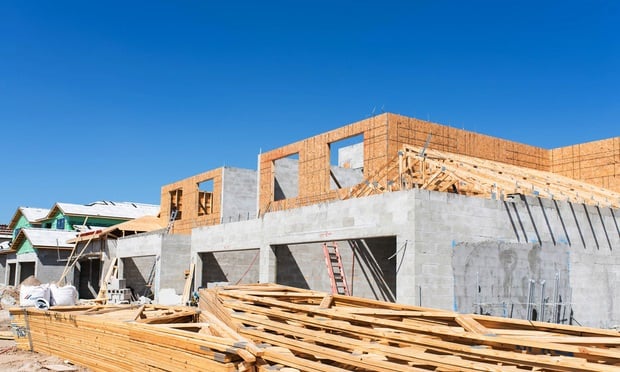VANCOUVER, B.C.—Initially, mixed-use was key to the revitalization of Vancouver's downtown but now it is seen as a major component of successful urbanization throughout the region. That is according to panelists at a ULI Spring Conference concurrent session here on Thursday.
“It is now more of a model of development in our region,” according to moderator Peter Wreglesworth,senior principal of Stantec.
Panelist Beau Jarvis,senior vice president of development at WesGroup, started out by reviewing some of the company's mixed-use projects. He explained that the main obstacle in most of them was the people and the community.
WesGroup took a step back and looked at the strategy, he said. “They really engaged in community consultation.”
According to Jarvis, going through that process—of sitting down and reviewing ideas with the community—it got people excited about the opportunity—(a sentiment we also recently heard from retail expert Rick Caruso, founder and CEO of Caruso Affiliated, at RealShare L.A.)
Alan Boniface, principal at DIALOG, explained that the problem with mixed-use development in Vancouver is that there isn't much land left downtown. “What you are seeing today is developing along transit stations through the suburbs,” he said. “The suburbs are becoming known for mixed-use as well as downtown.”
Boniface used his Granville Island project as an example to show some lessons learned from a project. “We took more of a European attitude of mixed-use with the project, in that you don't have to engineer everything,” he said.
One of the philosophies at his firm, that binds the many professionals working on projects, is that of “urban magnets,” he explained. There are five key factors for success of an urban mixed use project, he said, which include: retail; production; educational; programming and events; and unique urban form. “Urban Magnets is derived in large part from the success of projects such as Granville Island.”
One thing Boniface noted was that when you do mixed-use at the scale you do in Vancouver, it is important that amenities come with that. “You need amenities and open space. It is critical for mixed use environments to function well.”
Panelist Darren Burns, principal of Stantec, echoed some of the thoughts from earlier panels in the day, pointing out the importance of urban connectivity. “There is more of an emphasis on walking and a major move away from cars. Our projects capitalize on that.”
Continue Reading for Free
Register and gain access to:
- Breaking commercial real estate news and analysis, on-site and via our newsletters and custom alerts
- Educational webcasts, white papers, and ebooks from industry thought leaders
- Critical coverage of the property casualty insurance and financial advisory markets on our other ALM sites, PropertyCasualty360 and ThinkAdvisor
Already have an account? Sign In Now
© 2024 ALM Global, LLC, All Rights Reserved. Request academic re-use from www.copyright.com. All other uses, submit a request to [email protected]. For more information visit Asset & Logo Licensing.








